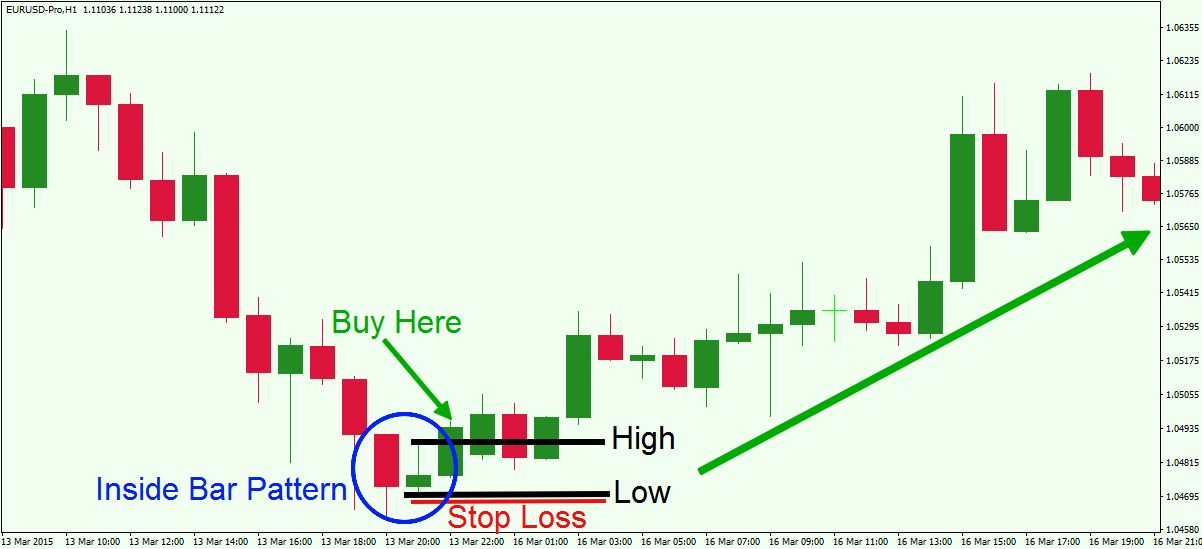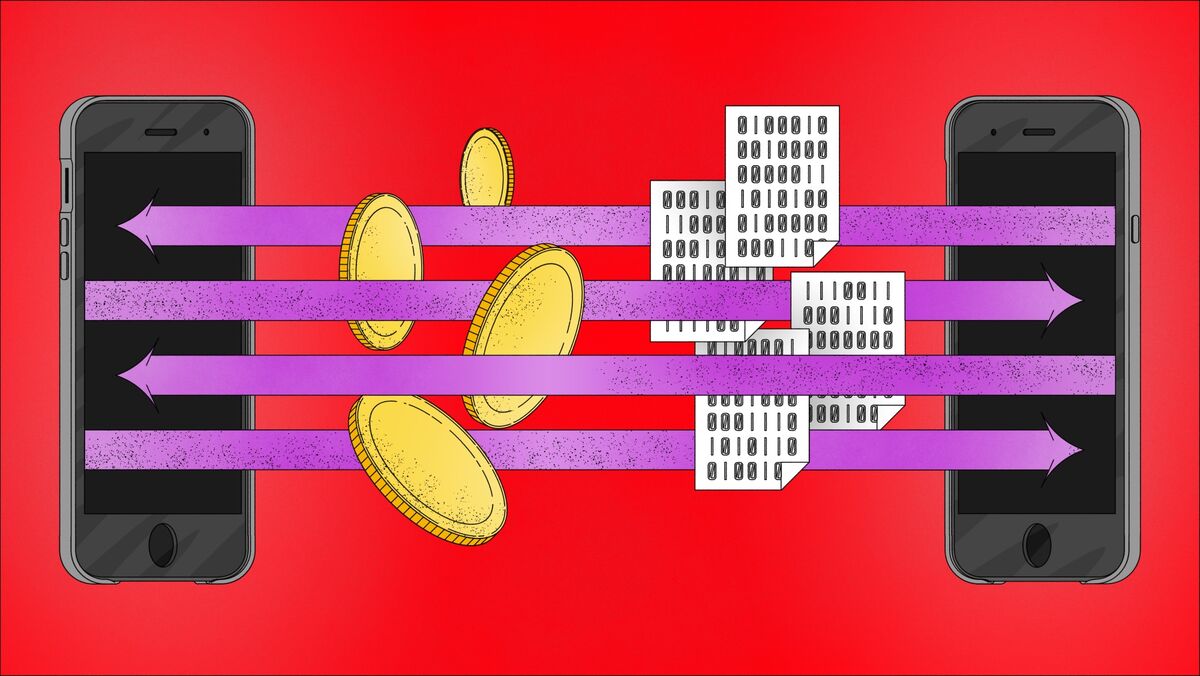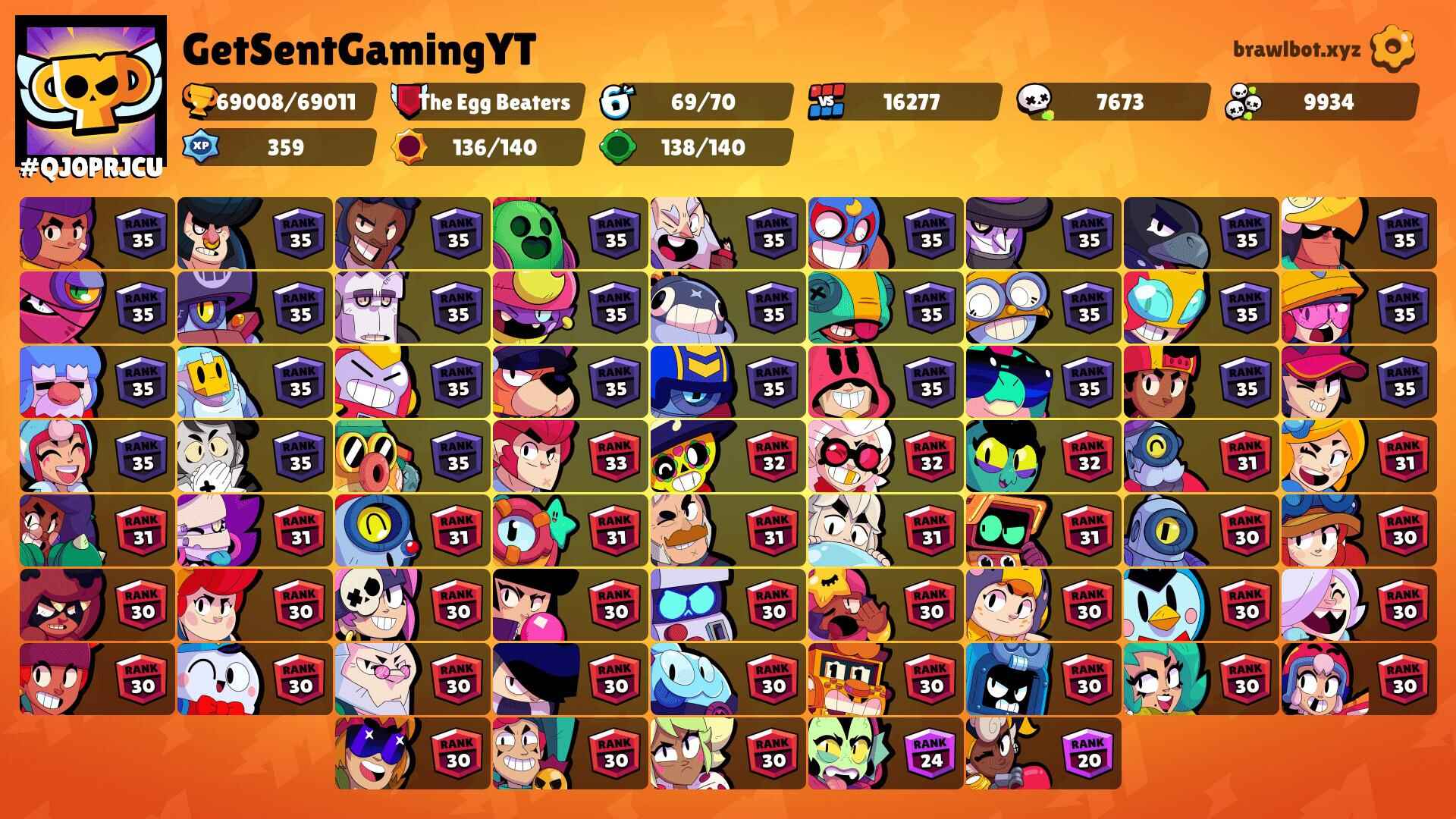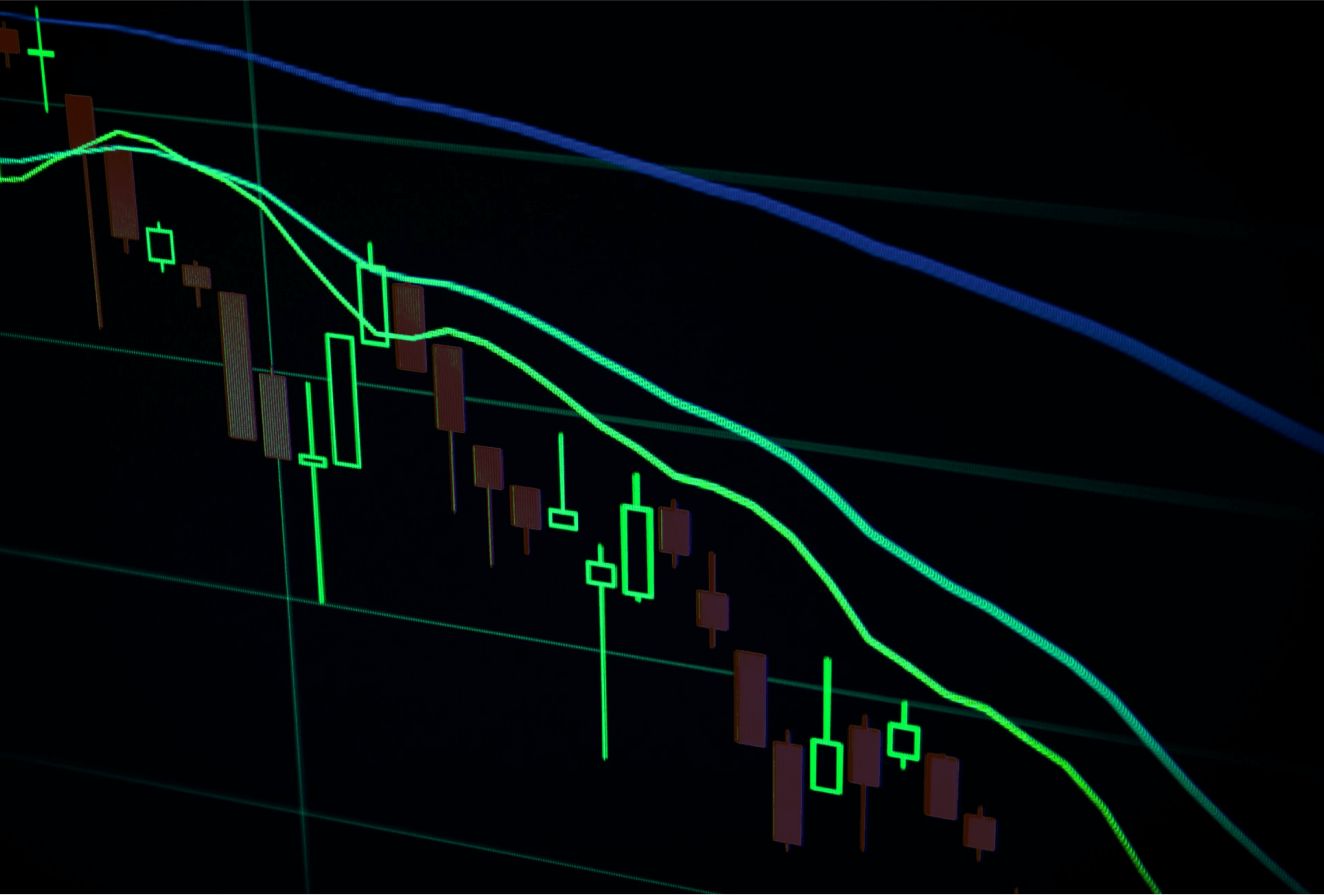Introduction
An inside bar is a popular candlestick pattern in trading that can provide valuable insights into market sentiment and potential price movements. Understanding how to identify and interpret inside bars can be a useful tool for traders to make informed decisions.
When analyzing price charts, traders often look for specific patterns that indicate a potential change in market direction. The inside bar is one such pattern that signifies a period of consolidation or indecision in the market. It is formed when the high and low of a candle are contained within the high and low of the previous candle.
This pattern typically suggests a temporary pause in the prevailing trend and a potential accumulation of market participants’ positions. It represents a battle between buyers and sellers, with neither group able to gain control over the market at that particular time.
Traders often see the formation of an inside bar as a signal of an impending breakout or continuation of the existing trend. The subsequent price action following an inside bar can provide important clues about the future direction of the market.
In this article, we will delve deeper into the characteristics and formation of inside bars, explain their significance in trading, and explore some popular strategies that traders can use when encountering this pattern. We will also discuss common mistakes that traders should avoid when incorporating inside bars into their trading decisions.
Definition of an Inside Bar
An inside bar is a specific candlestick pattern that can be identified on price charts. It is characterized by a narrower range of price movement compared to the previous candlestick, with its high and low contained within the high and low of the preceding candle. This pattern resembles a smaller candlestick within a larger one, hence the name “inside bar”.
To illustrate this concept, let’s consider a bullish inside bar formation. In this case, the inside bar’s high is lower than the previous candle’s high, while its low is higher than the previous candle’s low. This indicates that the buying and selling pressure during the formation of the inside bar was relatively balanced, resulting in a smaller range of price movement.
Conversely, in a bearish inside bar formation, the inside bar’s high will be higher than the previous candle’s high, while its low will be lower than the previous candle’s low. This indicates a contraction in the market range and an equilibrium between buyers and sellers.
The key characteristic of an inside bar is its formation within the high and low range of the previous candlestick. This indicates a period of consolidation or indecision in the market, as neither buyers nor sellers have been able to establish control. Traders often interpret this as a sign of a potential price breakout in the near future.
Inside bars can occur on various timeframes, ranging from intraday charts to daily, weekly, or even monthly charts. The significance of an inside bar will often depend on the timeframe being analyzed and its relevance to the overall trend.
Understanding the definition and characteristics of an inside bar is essential for traders to effectively incorporate this pattern into their trading strategies. By recognizing and interpreting inside bars correctly, traders can gain insights into market sentiment and identify potential trading opportunities.
Characteristics of an Inside Bar
An inside bar exhibits several distinct characteristics that traders should be aware of in order to identify and interpret this pattern correctly. Understanding these characteristics can help traders make more informed trading decisions based on inside bar formations.
One of the main characteristics of an inside bar is its narrow range. The high and low of the inside bar are contained within the high and low of the preceding candlestick. This indicates a contraction in the price range and a period of consolidation or indecision in the market. The smaller size of the inside bar compared to the previous candlestick suggests a temporary pause in the prevailing trend.
Another characteristic of an inside bar is its ability to act as a potential breakout signal. Traders often interpret the formation of an inside bar as a precursor to a price breakout, either in the direction of the preceding trend or in a new direction. The inside bar serves as a signal that the market is building up momentum, and traders anticipate a move beyond the high or low of the inside bar to indicate the next direction of the market.
It’s important to note that the location of an inside bar within the overall price structure can provide additional insights. If an inside bar forms near key support or resistance levels, it can carry more significance and provide a stronger trading signal. Traders often consider inside bars that occur near these important levels as potential reversal or continuation patterns.
Furthermore, the frequency of inside bars can also vary. Some charts may exhibit multiple consecutive inside bars, indicating an extended period of consolidation. This suggests a prolonged period of indecision in the market, with potential for a significant breakout once the market reaches a tipping point. On the other hand, single inside bars surrounded by strong trending candles may indicate a brief pause in the trend before it resumes.
Recognizing these characteristics of an inside bar can assist traders in effectively implementing trading strategies based on this pattern. By understanding the nature of inside bars, traders can better gauge market sentiment and anticipate potential price movements in the market.
Formation of an Inside Bar
The formation of an inside bar occurs when the high and low of a candlestick are contained within the high and low of the preceding candlestick. This pattern indicates a contraction in price range and suggests that market participants are in a state of indecision or consolidation.
Let’s take a closer look at the formation process of an inside bar. To illustrate, consider a bullish inside bar. In this case, the high of the inside bar will be lower than the high of the previous candlestick, while the low of the inside bar will be higher than the low of the previous candlestick. This signifies that the bullish momentum has temporarily stalled, resulting in a narrower price range.
Conversely, in the case of a bearish inside bar, the high of the inside bar will be higher than the high of the previous candlestick, while the low of the inside bar will be lower than the low of the previous candlestick. This indicates a pause or consolidation in the bearish momentum, resulting in a smaller range of price movement.
The formation of an inside bar can occur on various timeframes, ranging from short-term intraday charts to longer-term daily or weekly charts. The significance of the pattern may vary depending on the timeframe being observed and its relevance to the overall market trend.
It is worth noting that the duration of the inside bar formation can vary. Some inside bars may form over a single candlestick, while others may take several candlesticks to develop. Additionally, inside bars can form consecutively, indicating an extended period of consolidation and indecision.
Traders often pay attention to the context in which an inside bar forms. If it forms near significant support or resistance levels, it may indicate a potential reversal or continuation pattern. Furthermore, the volume during the inside bar formation can also provide valuable insights. A decrease in volume during the inside bar formation suggests decreased participation and uncertainty among market participants.
Understanding the formation of an inside bar can help traders identify and interpret this pattern accurately. By recognizing the specific characteristics of inside bars and the context in which they form, traders can make more informed trading decisions and anticipate potential price movements in the market.
Importance of Inside Bars in Trading
Inside bars hold significant importance for traders as they provide valuable insights into market sentiment and potential price movements. Understanding the significance of inside bars can help traders formulate effective trading strategies and make informed decisions.
One of the key reasons inside bars are important is their ability to act as potential breakout signals. The formation of an inside bar often precedes a breakout in price, either in the direction of the prevailing trend or in a new direction. Traders use inside bars to anticipate potential breakouts and plan their trades accordingly.
Furthermore, inside bars can provide valuable information about market sentiment and the balance of power between buyers and sellers. When an inside bar forms, it indicates a temporary pause in the prevailing trend and a period of consolidation. This suggests that market participants are indecisive and neither the bulls nor the bears have gained control. Traders can interpret this as a potential turning point in the market and adjust their trading strategies accordingly.
Another significance of inside bars is their ability to indicate potential reversal or continuation patterns. When an inside bar forms near significant support or resistance levels, it can signal a potential reversal in the price trend. Conversely, if an inside bar forms within a strong and established trend, it can point to a continuation of the trend.
Inside bars can also be used in conjunction with other technical analysis tools and indicators to enhance trading decisions. Traders often combine inside bars with trend lines, moving averages, or oscillators to confirm trading signals and increase their probability of success.
Moreover, inside bars allow traders to define their risk management strategies more effectively. Traders can place stop-loss orders below the low or above the high of the inside bar, depending on their trading bias. This helps in managing potential losses and protecting profits.
By recognizing the importance of inside bars, traders can incorporate this pattern into their trading strategies and gain an edge in the market. Inside bars provide valuable insights into market sentiment, potential breakouts, and reversal or continuation patterns, allowing traders to make more informed trading decisions.
Trading Strategies Using Inside Bars
Inside bars can be effectively utilized in various trading strategies to capture potential breakouts, reversals, or continuations in price. Traders incorporate inside bars into their trading strategies to take advantage of these patterns and increase their chances of success in the market.
One common trading strategy using inside bars is the breakout strategy. Traders look for inside bar formations that occur near key support or resistance levels. They anticipate a breakout in the direction of the prevailing trend once the price moves beyond the high or low of the inside bar. Traders can enter a long position if the price breaks above the high of the inside bar or enter a short position if the price breaks below the low of the inside bar. Stop-loss orders are typically placed above the high or below the low of the inside bar to manage risk.
Another strategy is the inside bar pattern as a reversal signal. Traders seek inside bars that form after a strong trending move, indicating a potential reversal. They look for confirmation signals, such as a close above or below the high or low of the inside bar. If the market confirms the reversal, traders can enter positions in the opposite direction of the previous trend. Stop-loss orders are placed above the high or below the low of the inside bar to limit potential losses.
In addition, traders can use inside bars as a continuation pattern. This strategy involves identifying an inside bar that forms within an established trend. Traders anticipate that the inside bar signifies a temporary pause in the trend before it resumes. They place trades in the direction of the trend once the price breaks above the high or below the low of the inside bar. Stop-loss orders are typically placed above the high or below the low of the inside bar to protect against potential losses.
It’s important to note that no trading strategy can guarantee success, and risk management is crucial. Traders should always use appropriate position sizing, ensure adequate risk-reward ratios, and place stop-loss orders to protect their capital.
By incorporating inside bars into their trading strategies and combining them with other technical analysis tools, traders can benefit from the valuable insights provided by these patterns. Inside bars offer opportunities to capture breakouts, reversals, or continuations in price, and traders can use them to gain a competitive edge in the market.
Common Mistakes to Avoid when Trading Inside Bars
While inside bars can provide valuable insights in trading, there are some common mistakes that traders should avoid to maximize their success rate and minimize potential losses. Understanding and avoiding these mistakes is crucial for effectively incorporating inside bars into trading strategies.
One common mistake is trading every inside bar without considering the overall market context. Inside bars need to be analyzed in conjunction with other technical analysis tools and indicators to confirm their significance. Placing trades solely based on inside bars without considering the broader market conditions and trends can lead to poor trading decisions.
Timing is another critical aspect that traders often overlook. Some traders enter positions immediately after the inside bar formation, without waiting for a breakout confirmation. This can result in premature entries and higher chances of false breakouts. It’s important to wait for the market to confirm the breakout by breaking above or below the high or low of the inside bar before entering a trade.
Overtrading is a common pitfall when trading inside bars. Not every inside bar is a reliable trading signal, especially when they occur within a choppy or sideways market. Traders should exercise patience and wait for high-probability setups where inside bars occur near key support or resistance levels or within established trends. Quality over quantity should be emphasized to avoid taking unnecessary trades.
Ignoring risk management is another mistake to be avoided. Setting appropriate stop-loss orders based on the high or low of the inside bar is crucial to limit potential losses. Traders should also consider position sizing and ensure that the risk-reward ratio is favorable before entering a trade. Failure to implement proper risk management techniques can lead to significant losses, even when trading inside bars.
Additionally, neglecting to consider multiple timeframes can be detrimental to trading success. Traders should analyze inside bar formations across different timeframes to identify stronger and more reliable patterns. A confirmation of an inside bar formation on higher timeframes can provide added confidence in trading decisions.
Lastly, emotional decision-making can impair trading performance. It’s essential to trade with discipline and stick to predetermined trading plans. Emotional impulses to chase trades or exit positions prematurely can lead to poor results. Maintaining a rational and disciplined mindset is crucial when trading inside bars.
By avoiding these common mistakes, traders can effectively utilize inside bars in their trading strategies. Applying patience, discipline, and proper risk management techniques can increase the chances of success when trading inside bars.
Conclusion
Inside bars are a powerful candlestick pattern that can provide valuable insights into market sentiment and potential price movements. Understanding the definition, characteristics, formation, and significance of inside bars is crucial for traders looking to incorporate this pattern into their trading strategies.
By recognizing the formation of inside bars, traders can anticipate potential breakouts, reversals, or continuations in price. Inside bars act as signals of market indecision and signify temporary pauses in the prevailing trend. Traders can use inside bars as entry signals, setting up trades based on breakout confirmations or reversal patterns.
However, it’s important for traders to avoid common mistakes when trading inside bars. These mistakes include overtrading, ignoring risk management, neglecting multiple timeframes, failing to consider the overall market context, and making emotional trading decisions. By avoiding these pitfalls, traders can enhance their trading success and maximize their profitability.
In conclusion, inside bars are a valuable tool for traders to identify potential trading opportunities and gain insights into market sentiment. When used correctly and in conjunction with other technical analysis tools, inside bars can significantly improve trading decisions. Traders should focus on quality setups, patience, and disciplined execution to effectively leverage the power of inside bars and increase their chances of success in the dynamic world of trading.

























